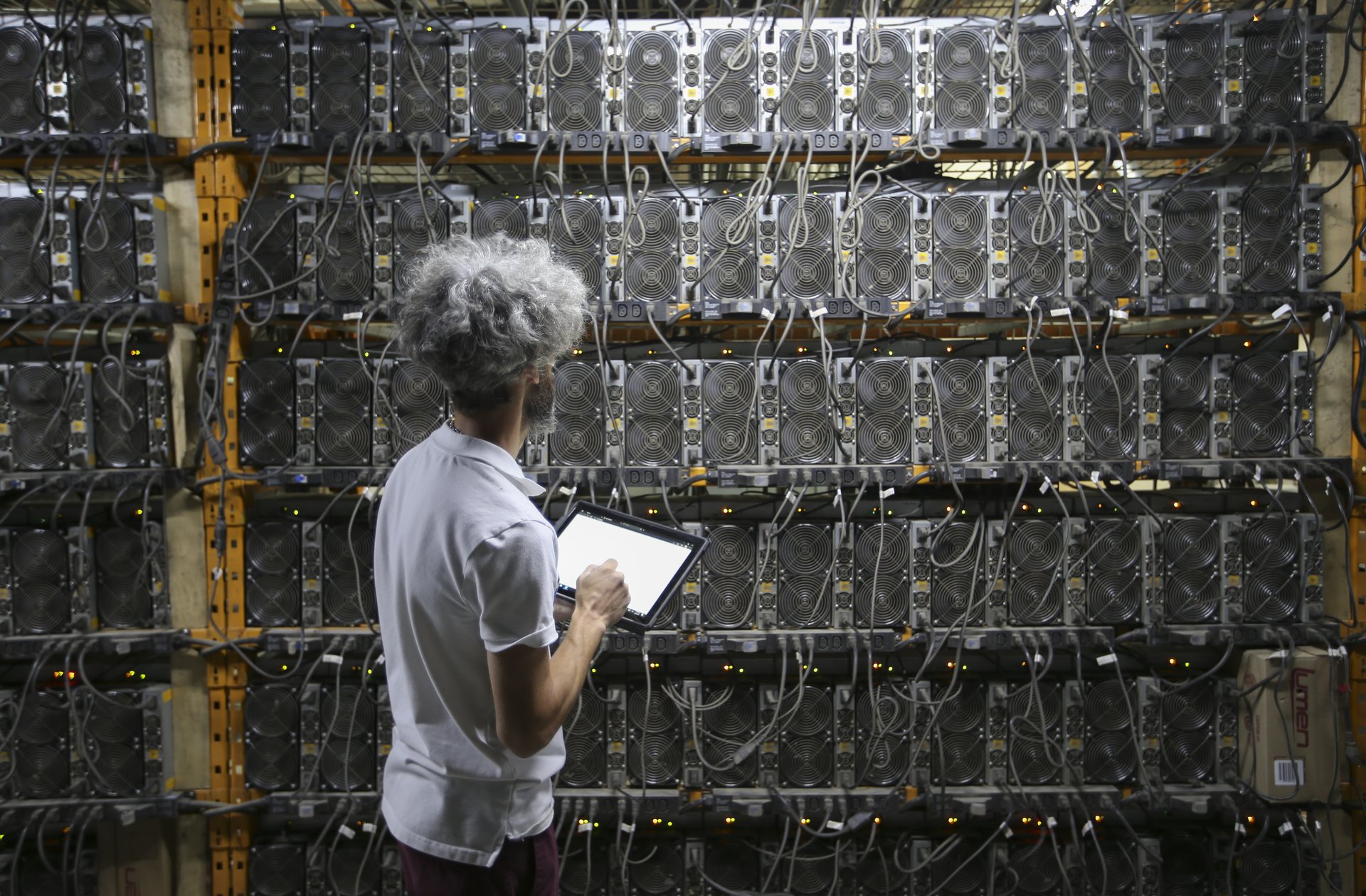🌎 AI's power problem
Plus: The housing hangover.

Christinne Muschi/Bloomberg via Getty Images
Good morning, Quartz readers!
Suggested Reading

Here’s what you need to know
Rates of resistance. Fed Chair Jerome Powell continues to indicate he’ll hold interest rates steady amid tariff-related uncertainties — despite a barrage of attacks from the president.
Related Content
Powell play. The central bank chief also said JPMorgan Chase CEO Jamie Dimon’s prediction of a crack in the bond market is wrong; “Treasury markets are functioning well,” Powell said.
Heartland Express. Amazon is ramping up its same- and next-day shipping to more than 4,000 small towns across the U.S., part of $4 billion in planned infrastructure spending through 2026.
Wheel be there. Uber and Waymo have announced that they’re bringing hailable robotaxi rides to another U.S. city — Atlanta — as the partnership continues to expand across the country.
Chip off the old stock. CEO Jensen Huang just disclosed his first major Nvidia stock sale of the year, part of a move to potentially unload over $800 million in shares this year.
Livin’ la vida broka. One in four Americans said in a survey that they need to make at least $150,000 to “live comfortably,” and 80% said they don’t feel completely financially secure.
SPONSORED CONTENT BY KANTAR
 2-1.png)
Intelligent Innovation
AI is revolutionizing marketing, but what about innovation, a space where human curiosity and creativity have always led the way?
In today’s evolving landscape, brands that fail to harness the power of AI — or that lack the right expertise and data to do so — risk falling behind. This insightful booklet explores the powerful potential of AI and your innovation process, when applied in the right way.
Power struggle
The AI boom is chewing through electricity like a startup burns capital: quickly, expensively, and without brakes. According to new research from Deloitte, data centers powering generative AI could see their electricity demand skyrocket from 4 gigawatts today to 123 gigawatts by 2035. That’s like slapping an entire extra California onto the U.S. power grid, just for server farms.
But energy isn’t infinite, and neither is infrastructure. Building a data center takes a year or two. Building the gas plants and transmission lines to power it? That can take up to a decade. Utilities are already facing multi-year backlogs for grid connections and equipment orders, with gas turbines now delayed until at least 2029. The timeline mismatch is starting to look less like poor planning and more like a physics problem.
Deloitte’s report shows seven major bottlenecks — from supply-chain snarls and soaring construction costs to a nationwide shortage of skilled labor. Perhaps most worrisome: Data center operators and power companies aren’t even collaborating effectively. Just 15% of data center execs and 8% of utilities say their partnerships are “highly effective,” despite most agreeing that grid constraints are one of the sector’s biggest existential risks.
The investment floodgates are open — electric and gas utilities plan to spend over $1 trillion in the next five years, while tech giants may hit that same mark even faster. But even as companies try to outspend the bottlenecks, regulators are lagging behind, pipelines are tapped out, and cybersecurity threats loom over a deeply globalized supply chain. Still, there’s a glimmer of optimism: Many executives believe AI itself could help optimize the grid and make data center operations more flexible.
If nothing else, this crisis is forcing long-siloed industries to collaborate in ways that could reshape infrastructure development for decades to come — assuming they can get the power to stay on. Quartz’s Jackie Snow has more on the race to build faster than the power can flow.
Bid adieu
The housing market is coming down from its pandemic high — and fast. Home prices rose just 2.7% in April, the weakest gain since mid-2022, according to the latest S&P Case-Shiller Index. That’s a step drop from March’s 3.4% and suggests that the spring’s real estate bounce may already be losing steam.
The slowdown is broad-based: Metros from San Francisco to Phoenix are flatlining or dipping, while pandemic darlings such as Tampa and Dallas are backsliding. Meanwhile, stalwarts such as New York, Chicago, and Detroit are suddenly the cool kids again. “This market cycle has upended regional dynamics,” said S&P’s Nicholas Godec, noting that fundamentals are replacing FOMO as the driving force in real estate.
One big reason buyers are backing off? Mortgage rates. The average 30-year fixed is hovering around 6.6%, and that’s after touching 7% in May. First-time buyers — once a market lifeline — made up just 30% of purchases last month, down from a historic 40%, as higher rates price them out faster than a bidding war. But even with fewer buyers, prices aren’t in freefall. Why? Supply’s still tight, and homeowners with 2% pandemic mortgages aren’t budging.
Still, Redfin says we’ve hit a turning point: Sellers now outnumber buyers three to one, a reversal from the bidding-war era. If the trend holds, prices could slip 1% by late 2025. So yes, the market’s cooling — but it’s not freezing. It’s more of a mild economic hangover than a housing horror story. Unless, of course, you’re a first-time buyer with big dreams and a 7% rate. Quartz’s Niamh Rowe has more on the price of waiting, wishing, and refinancing.
SPONSORED CONTENT BY KANTAR
 2-1.png)
Intelligent Innovation
AI is revolutionizing marketing, but what about innovation, a space where human curiosity and creativity have always led the way?
In today’s evolving landscape, brands that fail to harness the power of AI — or that lack the right expertise and data to do so — risk falling behind. This insightful booklet explores the powerful potential of AI and your innovation process, when applied in the right way.